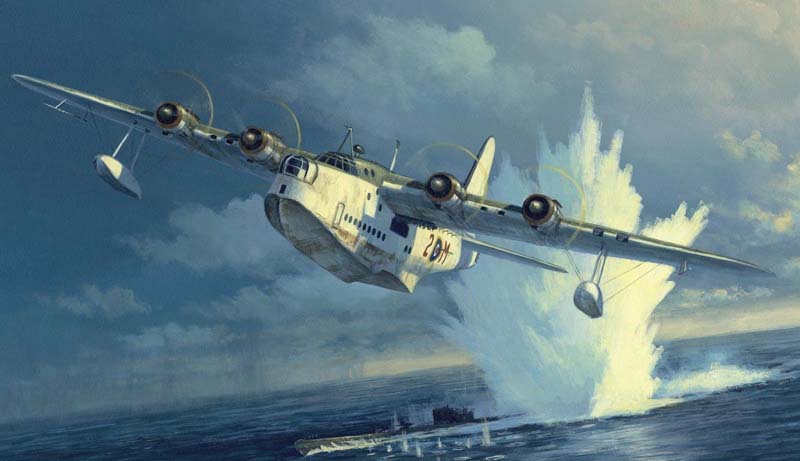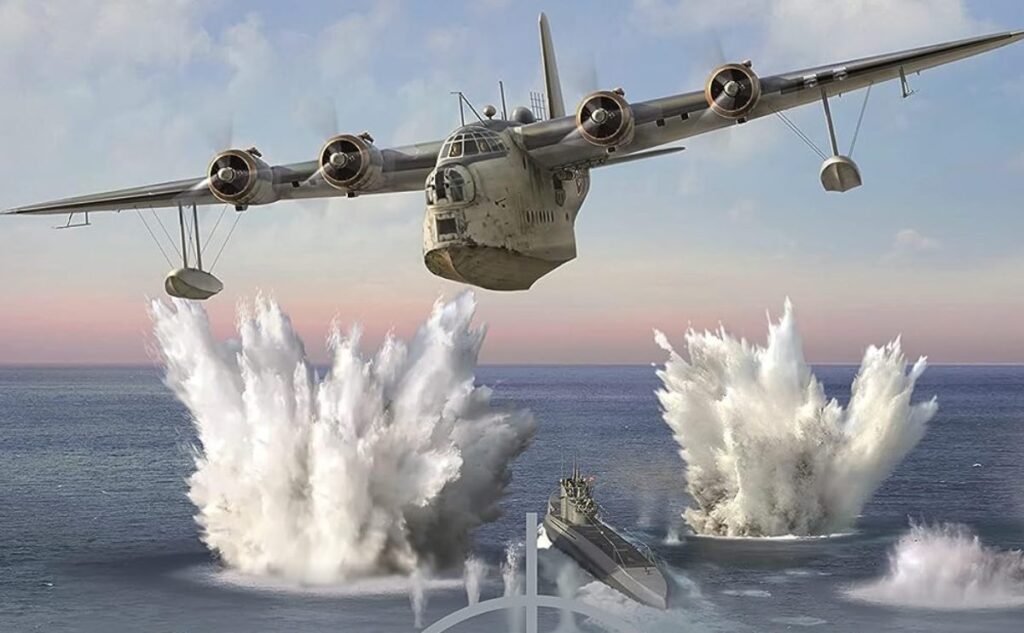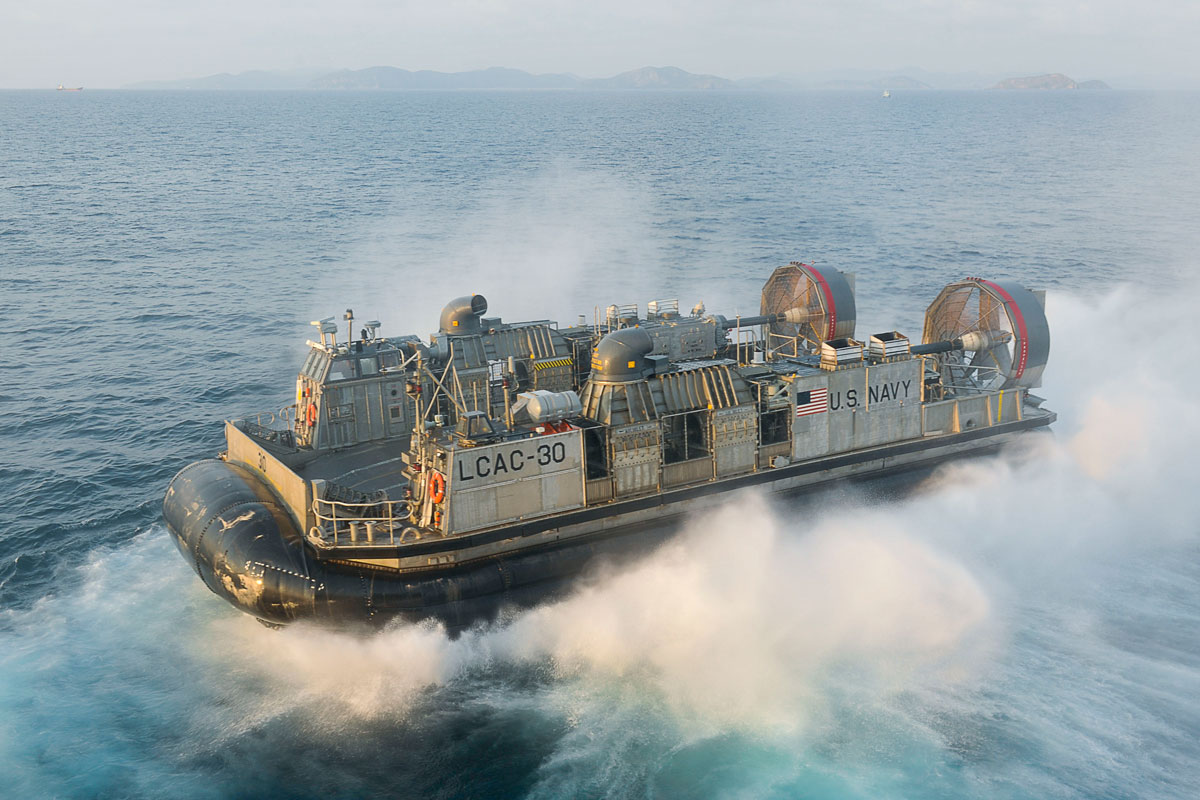
When Worlds Collide: The RAF Sunderland and German U-Boat’s Mutual Destruction
Sometimes, both the hunter and the hunted were destroyed, with one such encounter occurring on Aug. 1, 1943 when a RAF Sunderland and a German U-boat destroyed each other.

The Sunderland is an iconic British aircraft of World War II, and the only RAF Coastal Command type to perform frontline service throughout the conflict. Its prime target – the German U-boat – was a deadly adversary to Allied warships and other oceangoing vessels, but proved vulnerable to detection and air attacks from the radar-equipped Sunderland.
As told by Mark Lardas in his book Sunderland vs U-boat Bay of Biscay 1943–44, sometimes, both the hunter and the hunted were destroyed, with one such encounter occurring on Aug. 1, 1943. U-454 had departed La Pallice on Jul. 26, 1943, the Type VIIC U-boat undertaking its tenth war patrol under the command of Kapitänleutnant Burckhard Hackländer – he had been U-454’s first and only captain. On its previous deployment, the U-boat had spent a total of 283 days at sea.

To avoid enemy aircraft, Hackländer skirted south across the Bay of Biscay, almost coming in sight of the Spanish coast, before turning northeast just east of the Portuguese–Spanish border. He ran submerged on the night of Jul. 31, before surfacing at 0830 hrs on Aug. 1. Almost immediately a patrolling aircraft forced him to dive, and when he resurfaced at 1100 hrs, the same thing happened again.
By 1400 hrs, after almost 18 hours submerged, U-454 desperately needed to recharge its batteries and refresh its air. At 1440 hrs Hackländer resurfaced, and the U-boat was almost immediately spotted by the No. 10 Sqn Sunderland commanded by Flt Lt K. G. ‘Bob’ Fry. Like Hackländer, Fry was a seasoned veteran – this was his 28th flight as the captain of a Sunderland.
Twenty minutes earlier, he had flown past the five warships of Capt F. J. ‘Johnnie’ Walker’s 2nd Support Group, also hunting U-boats in the western Bay of Biscay. Upon spotting the U-boat Fry dropped two flares to alert Walker of his find and turned to attack the vessel.
When lookouts spotted the Sunderland two miles off U-454’s port beam, Hackländer chose to fight it out on the surface. He had little choice in the matter, subsequently writing, ‘The situation was now serious, the batteries were exhausted and the air was foul’. Fry was, of course, unaware of this. What he saw was a surfaced U-boat. Despite being too high, too fast and too close to make an effective attack, he tried anyway.

Due to his poor positioning, and excessive altitude, Fry could not drop his depth charges as he passed over U-454’s bow. The U-boat had twin 20mm guns and a single 20mm weapon on separate ‘bandstand’ mounts aft of the conning tower, which Fry’s nose gunner tried to suppress with fire from his twin 0.303-in. guns. His rounds went wide, as did those of the gun batteries on board U-454.
Undeterred, Fry turned for a second pass, heading towards U-454 at minimum altitude. The gunner of the twin 20mm mount on the upper bandstand finally found the range of the Sunderland, hitting both starboard engines.
The shattered starboard inner engine flew off as more hits raked the Sunderland, yet Fry somehow kept the aircraft under control and dropped six depth charges as he flew over U-454. It was a perfect straddle. Three hit close on either side of the vessel, while the remining three exploded on the hull itself. U-454 broke in two and sank in 30 seconds. Thirty-two crew went down with it, although Hackländer and 13 men, all from the deck watch, were left in the water. They were rescued by the 2nd Support Group sloop HMS Kite.
With two engines out on one wing, the badly damaged Sunderland would never make it home. Fry turned it towards the oncoming sloops and attempted a landing in choppy seas. The flying boat bounced off two wave tops, stalled and dropped into the water, ripping off its starboard wing.
HMS Wren, close at hand, was able to recover six survivors – the navigator, the second engineer and four gunners, all in the aft part of the Sunderland. Six others, including Fry, perished in the crash.




